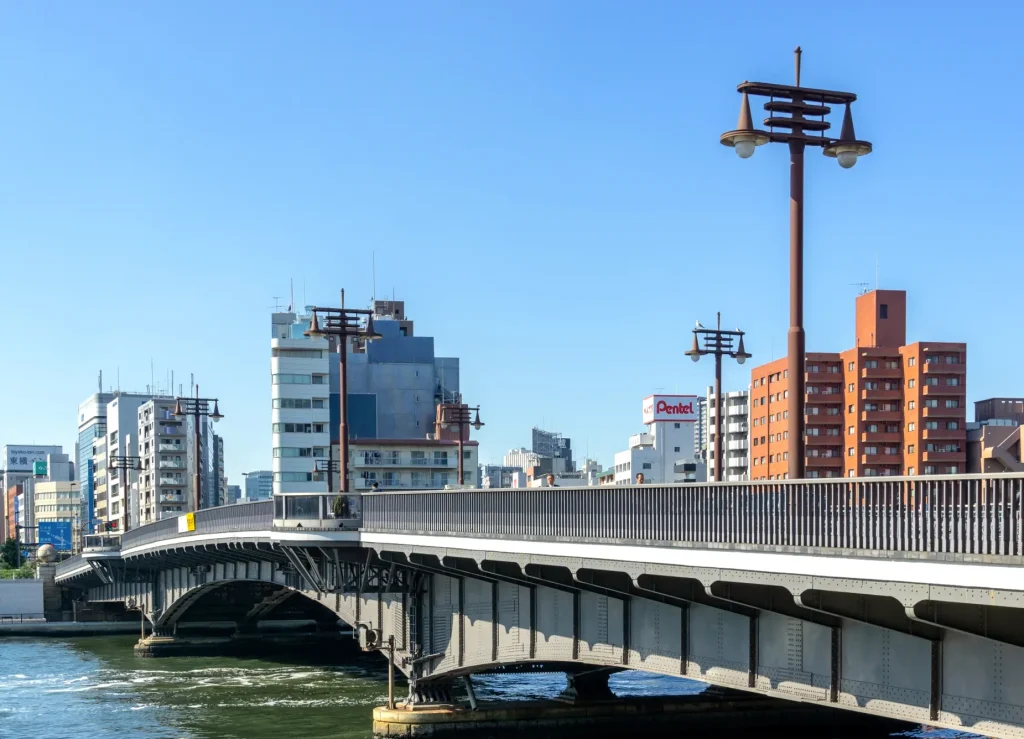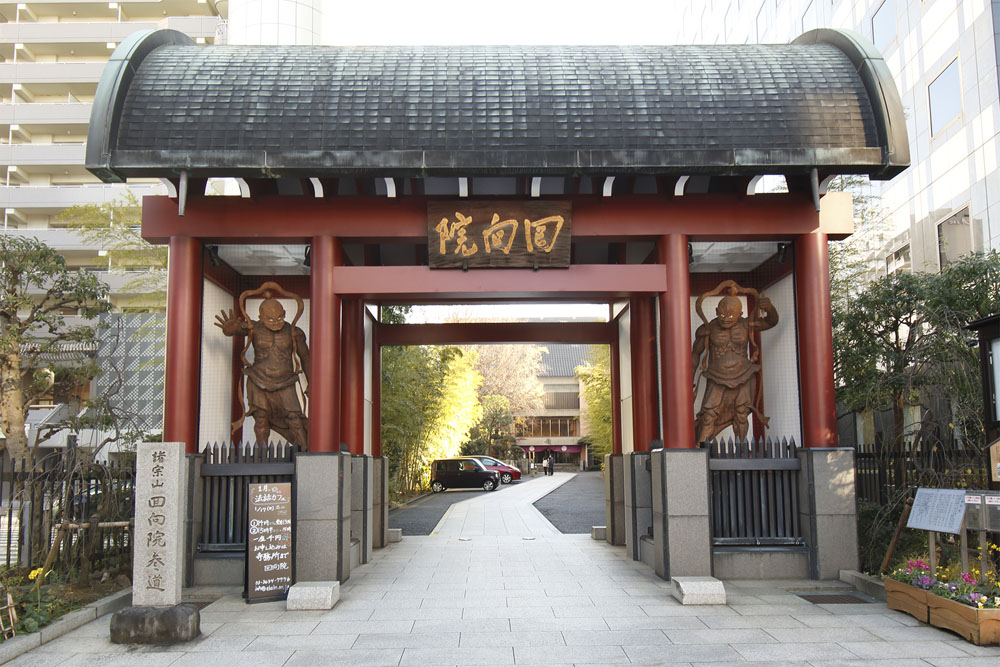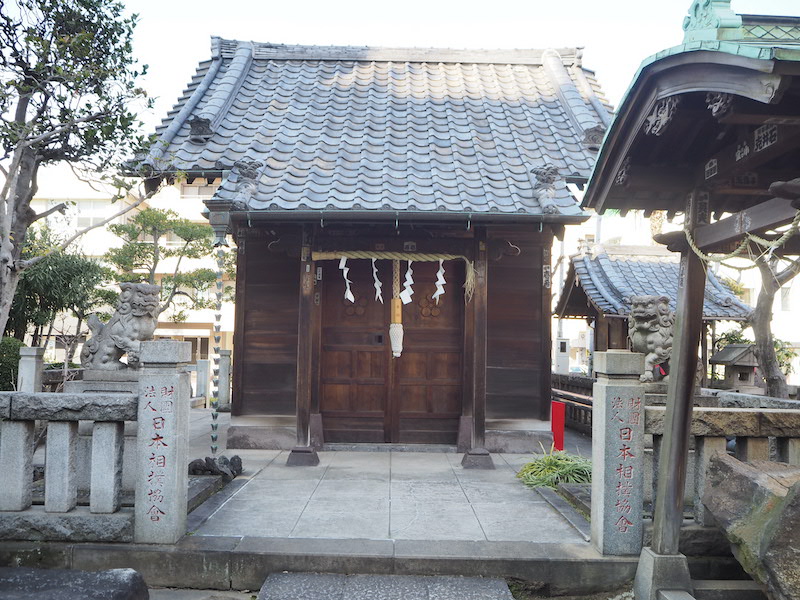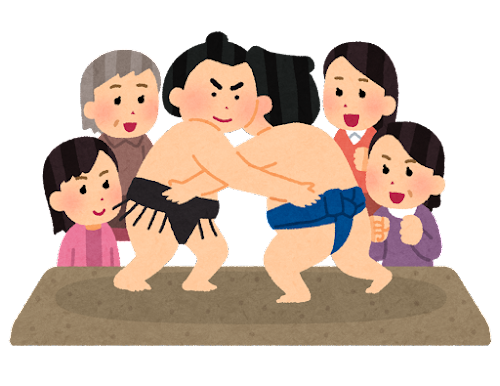The September Grand Sumo Tournament 2024
Available Dates: September 10, 12, 14, 17, 19, 21
Guide Fee 12,000 yen per group (within 6)
For Those :
With Sumo Match Tickets
Wanting to Have a 3-hour Pre-Lesson before Watching the Sumo Matches
Entering the Arena around 2 PM after Walking 4 km
The tickets for the September tournament (From September 8th to 22nd) went on sale at 10 a.m. on August 10th, but when I tried to buy them at 1 p.m., they were already sold out. The tickets I usually buy are the cheapest seats, priced at 2,500 yen, which are the farthest from the ring. These too were already sold out.
These seats are often filled with foreign tourists. I always wonder how they manage to get their hands on these tickets. The Japan Sumo Association hangs a “Sold Out” banner, but in reality, there are often many empty seats. It must be true that the tickets are sold out, as I couldn’t get any even though I was only three hours late.
To those lucky enough to secure these tickets, I offer a short tour three hours before entering the Kokugikan arena. I hope this will help enhance your sumo-watching experience.









Schedule
11:00 AM: Meet at JR Ryogoku Station West Exit
- Please pay the guide fee of 12,000 yen in cash upon the meeting.
- Visit Edo NOREN *1 in the station.
*1 Edo NOREN, adjacent to the station, recreates the atmosphere of an Edo-period town inside. At its heart lies a full-sized dohyo (sumo ring), making it a sight to behold.
11:40 AM: Stroll around Ryogoku-bashi Bridge*2
*2 Ryogoku-bashi Bridge is a historic bridge located in Tokyo’s Ryogoku district. It spans the Sumida River and is known for its connection to sumo wrestling and the surrounding cultural attractions.
- Visit Ekoh-in Temple*3 and pass by Sumo Stables*4
*3 Until the construction of Ryogoku Kokugikan Sumo Arena(former) in 1909, Ekoh-in Temple was the venue for biannual official sumo tournaments held in spring and autumn. This historical significance has earned Ekoh-in Temple a reputation as a sacred site of sumo wrestling. At this temple, there is a mound called ‘Chikarazuka‘ and a stone monument engraved to honor deceased sumo wrestlers.
*4 A sumo stable is where sumo wrestlers live and train together. Unfortunately, you cannot enter the premises, so on this tour, you will only pass by the entrance. There might be a chance to catch a glimpse of sumo wrestlers, but you won’t be able to see inside.
12:30 PM: Lunch at a Chanko-nabe Restaurant*5
*5 Enjoy a traditional sumo wrestler’s meal, known as chanko-nabe, at a local restaurant, many are run by retired sumo wrestlers. Meal costs range from approximately 1,500 to 5,000 yen per person. You will make on-the-spot payments.
- Please cover your own meal expenses. I’ll pay for myself since I’d like to order freely.
1:30 PM: Visit the Nomino-Sukune Shrine*6
*6 The shrine where the god of sumo, Nomi no Sukune, is enshrined. There is a monument engraved with the names of successive Yokozuna (sumo grand champions).
2:00 PM: Enter Ryogoku Kokugikan Sumo Arena
- The guide will conclude here. Please proceed to enter on your own. Enjoy your visit!
- Experience Makuuchi Division*7 Sumo Matches to Closing Match (4-hour viewing)
*7 Makuuchi, the top division in sumo, showcasing the most skilled and prestigious wrestlers. The ranks below this include Juryo, Makushita, Sandanme, Jonidan, and Jonokuchi.
6:00 PM: The closing bout of the day finishes.
Sumo Tournament Schedule in Kokugikan
| 8:00 AM | Opening |
| 8:35 AM | The matches start in the following order: Jonokuchi, Jonidan, Sandanme, and then Makushita |
| 2:15 PM | Juryo Dohyo-iri ceremony |
| 2:35 PM | Juryo matches begin |
| 3:40 PM | Makuuchi Dohyo-iri ceremony |
| 3:55 PM | Yokozuna Dohyo-iri ceremony |
| 4:00 PM | Nakairi Intermission |
| 4:10 PM | Makuuchi matches begin |
| 5:55 PM | Bow-twirling ceremony marks the end of the day |
Explore Related Posts: The Charms of Sumo Part 1 , Part 2

